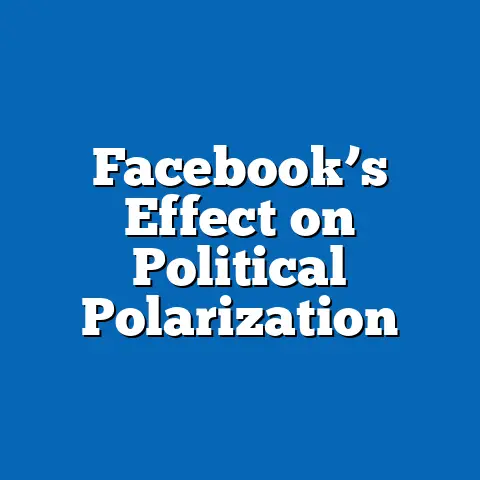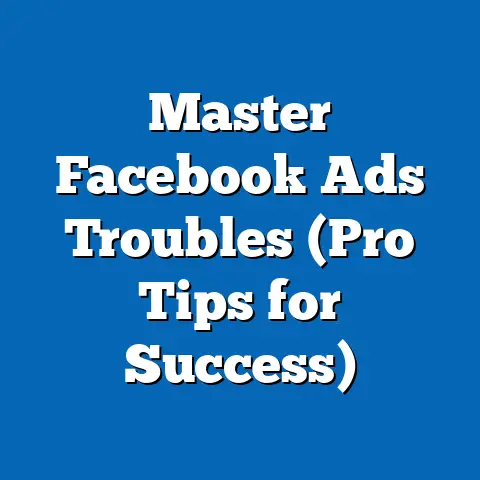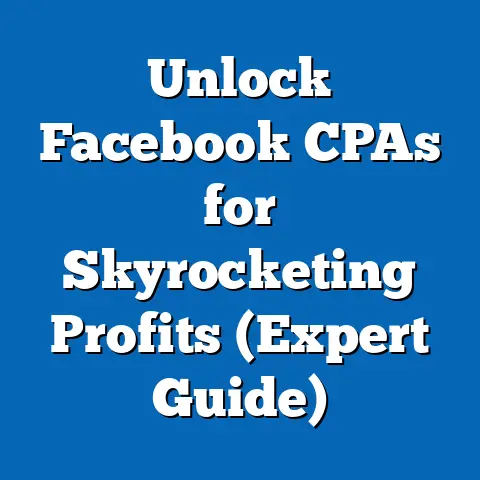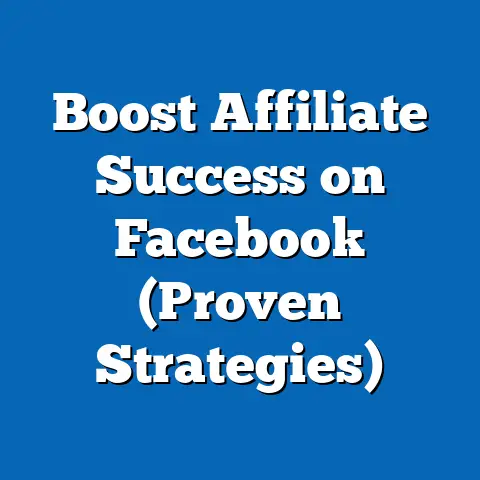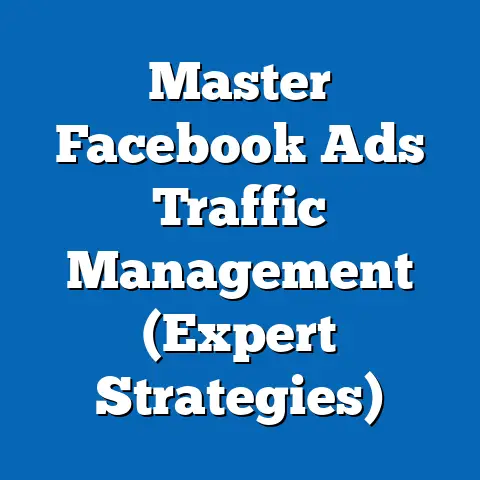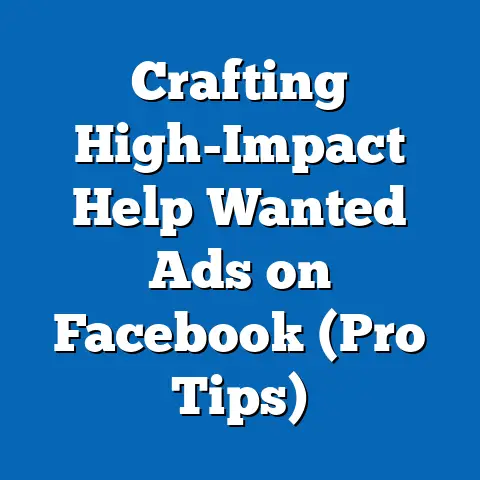Craft Dynamic Fonts for Facebook Ads (Design Mastery)
Craft Dynamic Fonts for Facebook Ads: Design Mastery
Imagine renovating a home. You’re not just slapping on some paint; you’re thinking about the flow of the rooms, the texture of the walls, the way the light hits the furniture. Each element contributes to the overall feel, making it a space that’s not just functional, but also inviting and aesthetically pleasing. I remember helping a friend renovate their old Victorian house. The original space felt cramped and dark, but with some clever design choices – like brighter paint colors and strategic lighting – we turned it into a warm, welcoming home.
Facebook ads are similar. They’re not just about throwing up a product image and some text. They’re about creating an experience that resonates with your audience. And just like the right color palette or the perfect piece of furniture, the right font can make all the difference. Fonts are the unsung heroes of visual communication. They capture attention, convey brand identity, and ultimately, influence whether someone clicks on your ad or scrolls right past. Let’s unlock the power of dynamic fonts and transform your Facebook ads from “meh” to “must-click!”
The Importance of Typography in Digital Advertising
Typography is the art and technique of arranging type to make written language legible, readable, and appealing when displayed. It involves selecting typefaces, point sizes, line lengths, line spacing, and letter spacing. In simpler terms, it’s how you make your words look good.
Why Typography Matters for Facebook Ads
In the fast-paced world of social media, where attention spans are shorter than ever, typography is crucial. Think about it: you’re scrolling through your feed, bombarded with images and videos. What makes you stop? Often, it’s a visually appealing ad with clear, easy-to-read text. Good typography does more than just make your ad look pretty; it communicates your message effectively.
Fonts can influence perceptions of your brand. A sleek, modern font can convey sophistication and innovation, while a playful, handwritten font can suggest warmth and approachability. The key is to choose a font that aligns with your brand’s personality and resonates with your target audience.
I’ve seen firsthand how a simple font change can dramatically improve ad performance. Once, I was working with a client who was running Facebook ads for a luxury skincare brand. Their initial ads used a generic, sans-serif font that felt cold and impersonal. After switching to a more elegant serif font, we saw a significant increase in click-through rates and conversions. The subtle change in typography helped to elevate the brand’s image and attract a more discerning audience.
Statistics Speak Volumes
Don’t just take my word for it. Studies have shown that typography can have a significant impact on consumer behavior. For example, research suggests that legible fonts can increase reading speed and comprehension, leading to higher engagement rates. A study by the Software Usability Research Laboratory found that certain fonts can even influence emotional responses, with some fonts being perceived as more trustworthy or authoritative than others.
Takeaway: Typography is a critical element of digital advertising. It influences brand perception, engagement, and ultimately, ad performance.
Understanding Dynamic Fonts
So, what exactly are dynamic fonts? In the traditional sense, fonts were static – they looked the same regardless of the context or device. Dynamic fonts, on the other hand, are adaptable and responsive. They can change their appearance based on various factors, such as screen size, user preferences, or even real-time data.
Advantages of Dynamic Fonts
One of the biggest advantages of using dynamic fonts in Facebook ads is their ability to personalize the user experience. Imagine an ad that automatically adjusts its font size and spacing based on the device being used. This ensures that the text is always legible and visually appealing, whether someone is viewing the ad on a desktop computer or a mobile phone.
Dynamic fonts can also be used to create more engaging and interactive ads. For example, you could use a font that changes color or style based on user interactions, such as hovering over a button or clicking on a link. This can help to draw attention to key elements of your ad and encourage users to take action.
I remember working on a campaign for a local restaurant that wanted to promote its daily specials. We used a dynamic font that changed its appearance based on the day of the week. On Mondays, the font was bright and cheerful, promoting the restaurant’s “Happy Hour” specials. On Fridays, the font was more elegant and sophisticated, highlighting the restaurant’s “Fine Dining” menu. This simple use of dynamic fonts helped to create a more personalized and engaging experience for users, resulting in a significant increase in reservations.
Responsive Typography: A Key Concept
Responsive typography is a subset of dynamic fonts that focuses specifically on adapting text to different screen sizes and devices. This is particularly important for Facebook ads, as they are viewed on a wide range of devices, from smartphones to tablets to desktop computers.
By using responsive typography, you can ensure that your text always looks its best, regardless of the device being used. This can help to improve readability, reduce bounce rates, and ultimately, drive more conversions.
Takeaway: Dynamic fonts offer a powerful way to personalize the user experience and create more engaging Facebook ads.
Key Elements of Crafting Dynamic Fonts
Now that we understand the importance of dynamic fonts, let’s dive into the key elements of crafting them effectively.
Font Selection: Legibility, Size, and Weight
The first and perhaps most important step is selecting the right font. Legibility is paramount. If people can’t easily read your text, they’re not going to engage with your ad. Consider the font size and weight as well. A font that’s too small or too thin may be difficult to read, especially on mobile devices. Conversely, a font that’s too large or too bold may overwhelm the viewer.
Aligning Fonts with Brand Identity and Target Audience
Your font choice should also align with your brand’s identity and resonate with your target audience. Are you a fun, playful brand? A serious, professional one? Your font should reflect that. Think about who you’re trying to reach. A font that appeals to millennials may not appeal to baby boomers, and vice versa.
Once, I was working with a tech startup that wanted to create a more approachable brand image. Their initial ads used a very technical, futuristic font that felt cold and impersonal. After switching to a more rounded, friendly font, we saw a significant improvement in engagement rates. The change in typography helped to make the brand feel more relatable and trustworthy.
The Interplay of Font Styles and Emotional Impact
Font styles (serif, sans-serif, script, etc.) can evoke different emotions. Serif fonts (like Times New Roman) tend to feel more traditional and authoritative, while sans-serif fonts (like Arial) feel more modern and clean. Script fonts (like Brush Script) can feel elegant and personal, but they can also be difficult to read if overused.
Experiment with different font styles to see which ones best convey the emotions you want to evoke. Just be sure to prioritize legibility.
Color Theory in Typography
Color can dramatically alter the perception of a font. A bright, vibrant color can make a font feel more energetic and playful, while a dark, muted color can make it feel more serious and sophisticated. Consider the background color of your ad as well. You want to ensure that your text stands out and is easy to read.
Hierarchy and Contrast: Guiding the Viewer’s Eye
Hierarchy and contrast are essential for guiding the viewer’s eye through your ad. Use different font sizes, weights, and colors to create a clear visual hierarchy. This will help viewers quickly identify the most important information.
Contrast is also important. Ensure that your text contrasts sufficiently with the background color. Otherwise, it may be difficult to read.
Takeaway: Crafting dynamic fonts requires careful consideration of legibility, brand identity, emotional impact, color theory, and visual hierarchy.
What tools can you use to create dynamic fonts for your Facebook ads? And what techniques can you employ to make them truly stand out?Popular Design Tools
Several design tools and software can help you create dynamic fonts. Here are a few of the most popular:
- Adobe Illustrator: This is a professional-grade vector graphics editor that allows you to create and customize fonts with incredible precision. It’s a bit more complex to learn, but the results are worth it.
- Canva: This is a user-friendly design platform that’s perfect for creating simple, eye-catching graphics. It offers a wide range of pre-designed fonts and templates, making it easy to create dynamic fonts even if you’re not a professional designer.
- Figma: This is a collaborative design tool that’s popular among web designers and UI/UX professionals. It offers a wide range of features for creating and customizing fonts, including real-time collaboration and version control.
Step-by-Step Guide to Creating and Customizing Fonts
Here’s a basic step-by-step guide to creating and customizing fonts for Facebook ads using Canva:
- Choose a Template: Start by selecting a Facebook ad template that aligns with your brand and message.
- Select a Font: Browse Canva’s font library and choose a font that resonates with your brand.
- Customize the Font: Adjust the font size, weight, color, and spacing to create a dynamic and visually appealing effect.
- Add Visual Elements: Incorporate images, icons, and other visual elements to complement your font choices and enhance the overall design.
- Test and Refine: Preview your ad on different devices to ensure that the font looks good and is easy to read. Make any necessary adjustments to optimize the design.
Font Pairings: Creating Harmonious Combinations
Font pairings can significantly enhance the aesthetics of your ad. The key is to choose fonts that complement each other without competing for attention. A common strategy is to pair a serif font for headlines with a sans-serif font for body text. This creates a clear visual hierarchy and makes the ad easier to read.
I’ve found that using tools like FontPair (fontpair.co) can be incredibly helpful in discovering font combinations that work well together. It’s a great resource for finding inspiration and ensuring that your font choices are visually harmonious.
Testing Fonts in Different Ad Formats
Before launching your ad campaign, it’s crucial to test your fonts in different ad formats (carousel, video, static) to ensure versatility. A font that looks great in a static image ad may not work as well in a video ad, and vice versa.
Experiment with different font sizes, weights, and colors to see what works best in each format. Pay attention to how the font interacts with other visual elements in the ad, such as images and videos.
Takeaway: Creating dynamic fonts involves using the right tools, following best practices for font selection and customization, and testing your fonts in different ad formats.
Case Studies and Best Practices
To truly understand the power of dynamic fonts, let’s look at some real-world examples and best practices.
Case Studies: Brands That Nailed It
- Nike: Nike is known for its bold and impactful advertising campaigns. They often use dynamic fonts to create a sense of energy and movement in their ads. For example, they might use a font that changes size or color to emphasize key messages.
- Apple: Apple is renowned for its minimalist and elegant design. They often use a clean, sans-serif font (like San Francisco) to convey a sense of sophistication and innovation.
- Coca-Cola: Coca-Cola is a classic brand that has successfully used dynamic fonts to maintain its iconic image while staying relevant to modern audiences. They often use a custom font that’s instantly recognizable and evokes feelings of nostalgia and happiness.
Analyzing What Worked Well
What do these successful campaigns have in common? They all use fonts that are:
- Legible: The fonts are easy to read, even on small screens.
- On-Brand: The fonts align with the brand’s identity and values.
- Visually Appealing: The fonts are aesthetically pleasing and complement the other visual elements in the ad.
- Dynamic: The fonts are used in a way that creates a sense of energy, movement, or personalization.
Best Practices for Implementing Dynamic Fonts
Here are some best practices for implementing dynamic fonts in your Facebook ads:
- Prioritize Legibility: Always prioritize legibility over aesthetics. If people can’t read your text, your ad won’t be effective.
- Align with Brand Identity: Choose fonts that align with your brand’s identity and resonate with your target audience.
- Use Hierarchy and Contrast: Create a clear visual hierarchy and ensure that your text contrasts sufficiently with the background color.
- Test and Refine: Test your fonts in different ad formats and on different devices to ensure that they look good and are easy to read.
- Stay Updated: Keep up with the latest trends in typography and design to ensure that your ads stay fresh and relevant.
Takeaway: Learning from successful case studies and following best practices can help you effectively implement dynamic fonts in your Facebook ads.
Conclusion
Just as a thoughtful renovation can breathe new life into a space, carefully crafted typography can elevate an ad’s effectiveness and appeal. Dynamic fonts are more than just pretty letters; they’re a powerful tool for personalization, engagement, and brand storytelling.
I’ve seen firsthand how the right font can transform a Facebook ad from a simple message into a captivating visual experience. By prioritizing legibility, aligning with brand identity, and using dynamic fonts to create a sense of energy and movement, you can capture attention, convey your message effectively, and ultimately, drive more conversions.
So, I encourage you to explore and experiment with dynamic fonts in your own ad campaigns. Don’t be afraid to try new things and push the boundaries of design. Remember, the right font can not only attract attention but also enhance brand storytelling and engagement.
Now go out there and create some truly dynamic ads! The possibilities are endless, and the results can be truly transformative.

